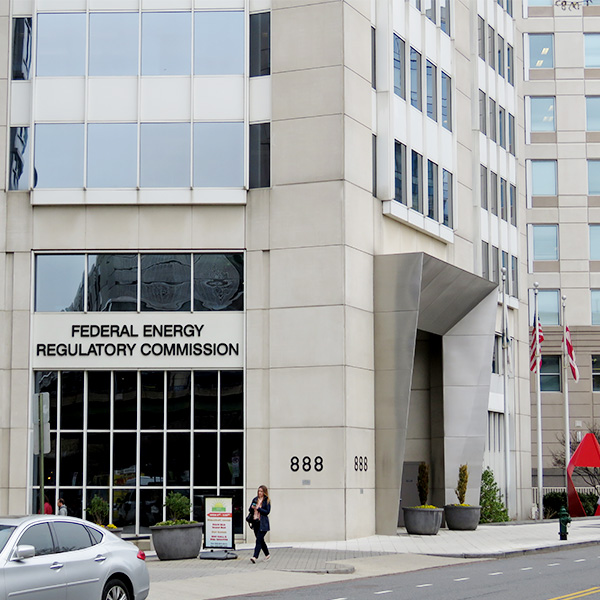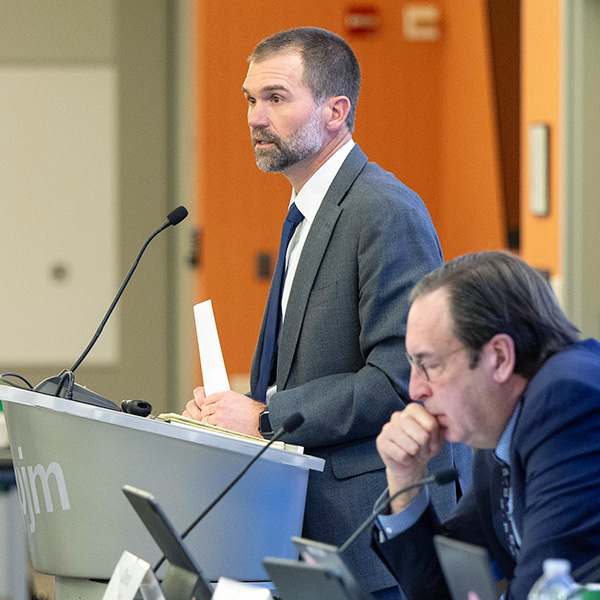Capacity Market
MISO will waste no time in 2025 trying to blunt the threat of a shortage that could arrive in the summer months by encouraging new generation and enacting further resource adequacy measures.
PJM stakeholders have endorsed changes to accounting of demand response in load forecasts, among other actions.
Texas regulators shelved the market design they once favored, agreeing with staff's recommendation that the performance credit mechanism results in “minimal” additional resource adequacy value.
MISO said it will finalize an availability-based accreditation for nearly 12 GW of load-modifying resources over the first quarter of 2025 ahead of a filing with FERC.
FERC has ordered American Efficient to defend its energy efficiency programs in PJM and MISO or pay a $722 million penalty and return $253 million in profits to ratepayers.
Voltus filed a complaint at FERC over MISO's interpretation of a recent rule change that led the grid operator to stop accepting replacements for customers who sign up to provide demand response but retire.
MISO expects its in-service solar capacity to grow to 12 GW by the end of winter, a 50% increase over its existing fleet.
PJM's Adam Keech told the Market Implementation Committee the RTO plans to file governing document revisions with FERC to expand the requirement that resources must offer into the capacity market to also apply to all resources holding capacity interconnection rights.
FERC was not persuaded by environmental nonprofits, utilities nor Mississippi regulators to order MISO to rework the sloped demand curve it’s been cleared to use in the spring capacity auction.
Four environmental nonprofits insist MISO’s recently approved capacity accreditation is incomplete unless the RTO details how it will conduct its loss of load modeling the new approach relies upon.
Want more? Advanced Search









